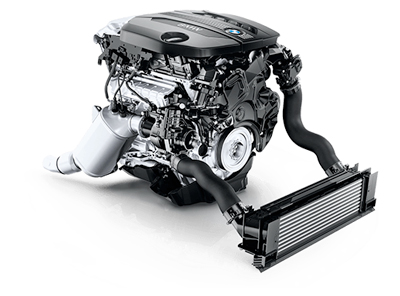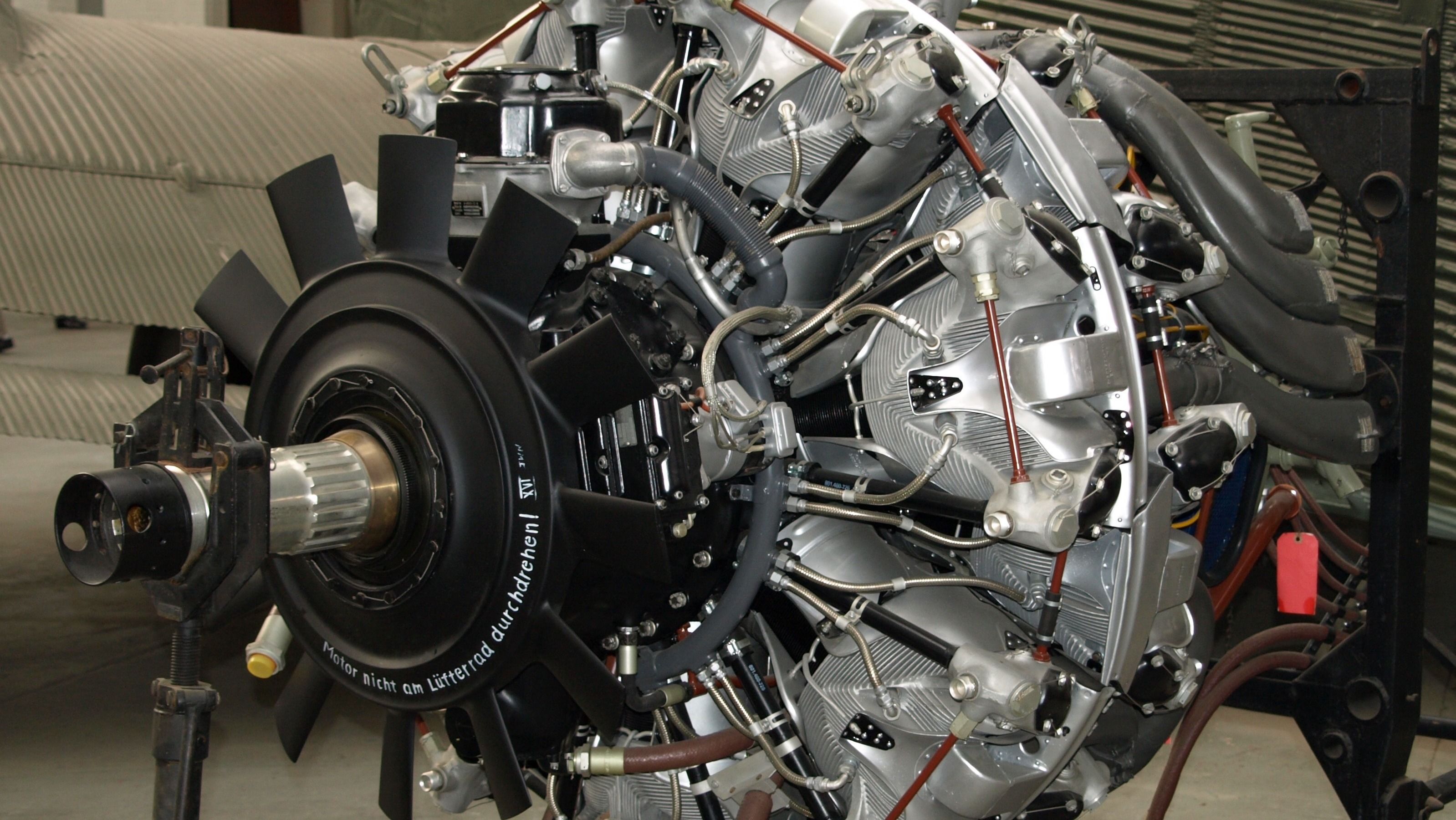A New user's Guide to Picking the Right BMW Engine for Your Requirements
A New user's Guide to Picking the Right BMW Engine for Your Requirements
Blog Article
Introducing the Intricacies of Next-Generation Power Units: a Deep Study Advanced Engine Advancements and layouts
In the world of vehicle engineering, the relentless search of efficiency, sustainability, and efficiency has actually thrust the development of power devices to unprecedented elevations. As we base on the precipice of a brand-new era in transportation, the complexities of next-generation engine styles beckon us to discover the advanced innovations and technologies that assure to redefine the driving experience. From sophisticated materials that push the borders of resilience and weight reduction to sophisticated turbocharging and supercharging systems that elevate power result to brand-new levels, each component of these power devices holds a crucial to opening the future of vehicle engineering. Digging deeper into the worlds of exhaust control, intelligent engine management systems, and the perspective of power unit advancement, we locate ourselves on the cusp of an improvement that assures to reshape the landscape of movement as we understand it.
Evolution of Engine Products

The shift in the direction of advanced engine materials has actually also enabled designers to design engines with higher power results while maintaining fuel performance standards. The use of lightweight products lowers the total weight of the engine, leading to enhanced fuel economic climate and reduced discharges. In addition, innovations in products technology have actually enabled much better thermal monitoring within engines, leading to boosted reliability and durability.
Turbocharging and Supercharging Technologies
Just How do Turbocharging and Supercharging Technologies transform engine performance and performance in modern automobiles? Supercharging and turbocharging are innovations that significantly improve engine efficiency by increasing the amount of air consumption into the combustion chamber. Turbocharging attains this by using a wind turbine driven by exhaust gases to pressurize the intake air, while turbo charging utilizes a belt- or chain-driven compressor to attain the very same result.
These modern technologies enable smaller sized, more fuel-efficient engines to produce power equal to bigger ones, called downsizing. Forcibly more air into the cyndrical tubes, supercharging and turbocharging improve burning efficiency, causing increased horsepower and torque output without a significant increase in engine dimension. This causes far better acceleration, hauling ability, and overall driving efficiency.
In addition, turbocharging and supercharging add to enhanced fuel performance by enabling the use of smaller sized engines that take in much less fuel under normal driving conditions - bmw engine. This combination of boosted performance and performance has made turbocharging and supercharging integral parts of many modern engine styles
Emission Control and Environmental Influence
With raising global issues regarding air quality and ecological sustainability, the implementation of exhaust control innovations in vehicles plays a crucial function in decreasing unsafe pollutants released right into the atmosphere. Modern cars are geared up with advanced emission control systems that help minimize the environmental impact of automotive procedures. Catalytic converters, for circumstances, are created to convert hazardous gases such as carbon monoxide gas, nitrogen oxides, and hydrocarbons into much less hazardous materials like carbon dioxide and water vapor.
Furthermore, advancements in engine innovation, such as the integration of exhaust gas recirculation systems and selective catalytic reduction, have considerably contributed to lowering exhausts. These modern technologies operate in tandem to maximize combustion effectiveness and reduce the release of harmful toxins right into the air. In addition, the advancement of crossbreed and electric vehicles stands for a crucial action in the direction of reducing the general environmental impact of the transport field.
Intelligent Engine Management Equipment

Additionally, these systems enable vehicles to satisfy rigid exhausts standards without endangering efficiency, giving an extra ecologically pleasant driving experience. The assimilation of expert system and artificial intelligence capacities in engine management systems continues to press the borders of what is visit here feasible, leading to additional improvements in performance, integrity, and general lorry performance. bmw engine. As auto modern technology advancements, smart engine administration systems will certainly play an essential duty in forming the future of transport in the direction of an extra effective and lasting direction
Future Trends in Power System Growth
As smart engine monitoring systems lead the means for enhanced control and optimization in modern vehicles, future trends in power system development are positioned to redefine the landscape of automobile propulsion modern technologies. These alternative power sources offer boosted performance and efficiency while straightening with rigid environmental policies.
One more considerable trend is the combination of sophisticated materials and manufacturing techniques. Light-weight products such as carbon fiber and aluminum are being used to decrease general vehicle weight, enhancing fuel performance and efficiency. Additionally, advancements in 3D printing and additive production are enabling the manufacturing of intricate engine elements with greater accuracy and longevity.
Additionally, artificial intelligence and artificial intelligence are playing an essential role in enhancing power my review here device performance. These innovations permit for real-time tracking and flexible control, leading to a lot more reputable and reliable power delivery. In general, future fads in power unit development are geared in the direction of performance, sustainability, and efficiency, driving the automotive market towards a brand-new era of propulsion innovations.

Conclusion
Finally, the advancements in engine materials, turbocharging, exhaust control, and smart monitoring systems have led the means for next-generation power systems. These technologies have not just better efficiency and effectiveness yet likewise reduced ecological impact. As technology continues to advance, future patterns in power device growth are likely to concentrate on further enhancing sustainability and optimizing power outcome. The elaborate styles and technologies in contemporary engines display the recurring development of automotive innovation.
Checking out the modern advancements in engine materials has actually been pivotal in enhancing the efficiency and effectiveness of modern engines. Over the years, the development of engine products has played a vital function in pushing the borders of what engines can attain.The change in the direction of progressed engine products has additionally allowed designers to design engines with higher power results while preserving gas effectiveness criteria.The execution of smart engine administration their explanation systems in contemporary automobiles has actually changed the way engines are managed and optimized for performance and efficiency. By collecting data in real-time and examining it with innovative algorithms, smart engine monitoring systems can adapt to driving designs, ecological elements, and engine health and wellness to take full advantage of power output while lessening gas consumption and exhausts.
Report this page